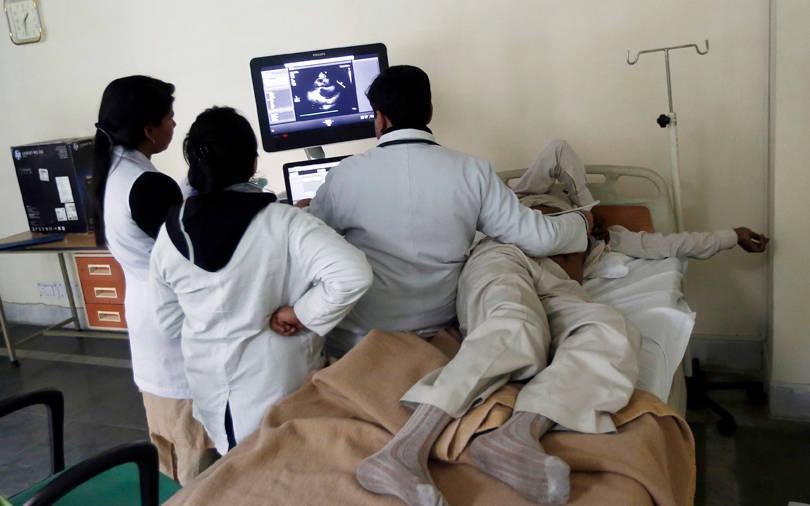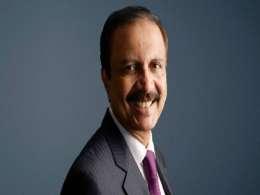After the much-heated and prolonged general elections’ campaign in the country, it’s time to get back to the business of governance. While in the run-up to the general elections, there were several popular announcements on price controls, Ayushman Bharat and Jan Aushadhi, there needs to be a holistic framework of reforms to be planned in Modi 2.0. Healthcare can serve as a black swan for the incoming government in India, provided the reform agenda set has a clear policy for private sector participation, which is required to encourage investments and balance out social infrastructure development in healthcare and meet inclusive development.
Action plan for the 100-day agenda for funding Modi’s Healthcare Reform 2.0
Action plans and policies for encouraging private sector participation in this sector in three key areas would need focus:
- Investments in social infrastructure and upgrade of healthcare with impact on outcomes
- Investments in clinical and support people supply chain to increase job creation in the sector
- Longitudinal research studies on healthcare products and services, which can provide guidance on price controls and regulation to attract investments in healthcare innovation
Investment in healthcare infrastructure and upgrades
One of the key points that I have been highlighting in several of my articles over the last few years is that India needs $300 billion of investments in healthcare infrastructure to just meet the basic bed to population ratio of 3 beds per 1,000 persons. There is a lag factor of two to three years before this capacity is productively available to society. Ayushman Bharat has helped in absorbing spare capacity in the private sector. Capacity building was held back by financing constraints due to non-banking financial company (NBFC) and banking crisis last year, and the financing requirements of Rs 5,500 crore could not be met. In the short term, the private sector would only be able to service limited population under Ayushman Bharat unless rates are enhanced or capacity is enhanced in the short term.
In the short term, monetisation of healthcare assets to finance additional capacity or upgrade of capacity becomes the only viable solution to shore up over $1 billion in the short term before the long-term investment cycle of healthcare infrastructure creation kicks in. However, one of the key things that the industry is demanding is reducing the Goods and Services Tax (GST) to five per cent on rental of healthcare properties to fund capacity expansion. These demands of the industry have been declined over the last year.
- Next 100-day agenda: Policy on healthcare infrastructure financing and GST taxation rationalisation, incentives
- What went wrong: Funding crisis, long-term funding structures, GST regulation and reimbursement rates
- What’s going right: Consumer spending on health and wellness, preference for private-sector providers
Investments in clinical and support people supply chain
Job creation in India is going to be a critical agenda for Modi 2.0. In my earlier articles, I have mentioned that India’s share of the global disease burden is around 20% for its share of the global population; however, the supply of trained clinical labour pool is less than half of the disease and healthcare burden in the economy. In some of the occupational groups such as lab technicians, India has only one per cent of the globally trained supply of human resources!
India has been fortunate to export one-third of its nursing population abroad every year, which adds to India’s forex reserves through their salary repatriation. Hence, there is an acute people supply chain issue. For the scale of investments expected to come up in the next few years, the roadblocks facing policies for and investments into the people supply chain need to be removed immediately. We have noticed that most healthcare facilities have slipped on their timelines to stabilise due to supply of inadequate skilled medical, para-medical and support staff, which is well-trained and credentialed.
While investment in every new bed added will create jobs for 30 different skills, we have acute capacity issues that need to be bridged through investments.
- Next 100-day agenda: Policy on healthcare skill development
- What went wrong: Funding crisis, long-term funding structures, skill council regulations, making healthcare jobs glamourous like IT jobs in early 2000s
- What’s going right: Skill definitions, technology investments for skilling and upskilling
Longitudinal research studies on price controls and regulation to attract investments in healthcare innovation
Investments in healthcare innovation are of a very long duration and require deep pockets till commercialisation, given the risks of failures. Across the board, price controls will dissuade investments in innovation in healthcare products and services. We still do not know what population lost lives before stent pricing control and how many lives were saved due to price control. In many countries, there is an apex research agency set up for regulating healthcare innovations and granting exclusivity to innovations. Once these innovations go out of exclusivity, then pricing controls and competition and market forces create environment for reduction in prices.
- Next 100-day agenda: Policy on investments in healthcare innovation, national research agency for healthcare and pharma for longitudinal studies
- What went wrong: No transparency, no information on impact of price controls on affordability and access to healthcare
- What’s going right: Patent regime
Conclusion:
We are looking forward to government-industry dialogue to kick-start the investment process through a strong reform agenda for healthcare in Modi 2.0
Kapil Khandelwal is managing partner of Toro Finserve LLP (manager of India Healthcare Opportunities Fund, the country’s first healthcare infrastructure fund). Views are his own.






